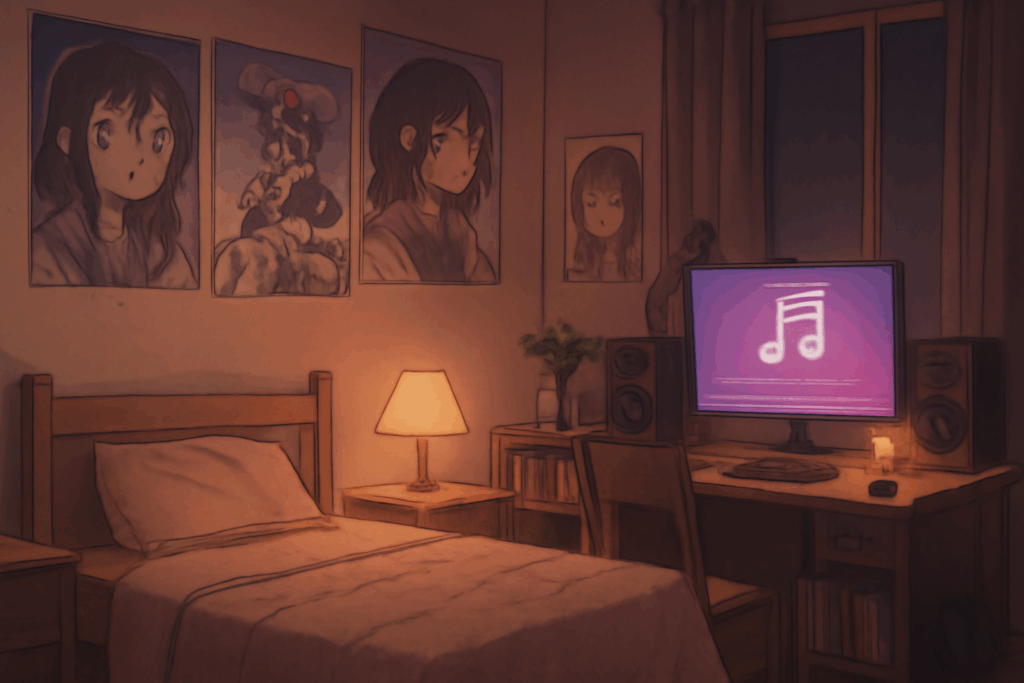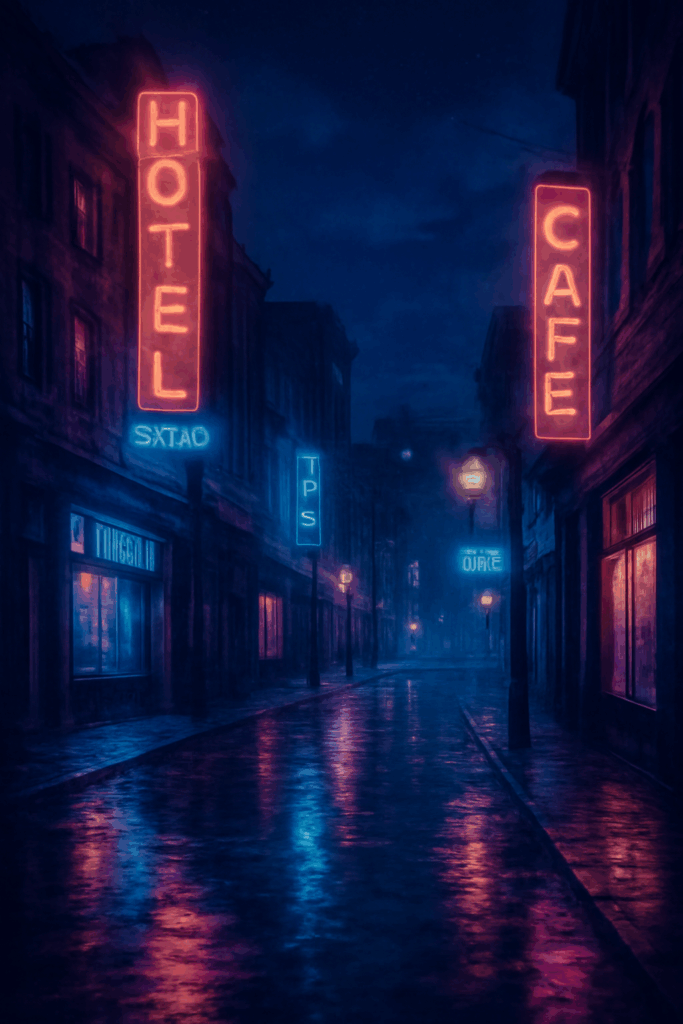There’s a unique kind of magic that seeps into your bones when you press play on a “slowed + reverb” edit. Maybe it’s the melody taking its sweet time, letting you linger in each moment, or the wash of reverb that makes it sound like you’re listening to your favorite song in an empty, echoing cathedral late at night. Whether it’s a TikTok trend, a YouTube rabbit hole, or a late-night drive soundtrack, these edits have made their way into the hearts and playlists of millions.
In this post, we’ll dive into why slowed + reverb edits resonate, feature the hottest tracks fans swear by, share real Redditor experiences, and offer detailed analysis on what sets these remixes apart.

Intro: The Rise of Slowed + Reverb
It all started with a simple tweak—slow the track, pitch it down, and splash on some reverb. The result? A dreamy, hypnotic new form of listening that feels tailor-made for introspection.
The slowed + reverb trend finds its roots in the 2010s YouTube underground, claimed by some to begin with Houston-based producer Slater’s 2017 edit of Lil Uzi Vert’s “20 Minutes.” By 2020, the genre exploded, largely due to its presence in TikTok and YouTube edits: think late-night aesthetics, rain-soaked anime loops, and bedroom lighting.
There’s science behind it too. When you slow down a song and add reverb, it triggers feelings of relaxation, nostalgia, and heightened emotionality. For Gen Z, these edits became more than background noise—they became a way to process emotions in a rapidly shifting world. Today, you’ll find hundreds of millions of streams, endless playlists, and entire subcultures devoted to the slowed + reverb vibe.
What Makes Slowed and Reverb Edits So Popular?
The Aesthetic
- Atmospheric Mood: The reverb effect mimics the ambiance of a cavernous hall or dreamlike soundscape. Slowing the tempo makes every note linger, ideal for introspection or late-night vibing.
- Nostalgia Factor: There’s a certain melancholy in hearing a familiar pop hit slowed down. It can transform upbeat songs into something almost heartbreakingly beautiful.
- Viral Visuals: Edits often feature anime clips, neon-lit cityscapes, or retro filters—a perfect pairing for platforms like TikTok and YouTube.
Accessibility
- Anyone Can Make One: With free DAWs like Audacity or FL Studio and simple plugins, it takes just minutes to remix a favorite track.
- Algorithmic Blessings: TikTok’s love for these edits means artists often go viral, landing on millions of “For You” pages.
Emotional Connection
Slowed + reverb transforms the feel of a song, sometimes revealing new emotions or lyrical depth. Many listeners say the edits made them fall in love with songs they’d otherwise skip.
First-Hand Experiences: What Listeners & Redditors Say
Real people’s voices give the trend its heartbeat. Here’s what Redditors and fans share:
“I just listened to ‘August’ by Taylor Swift in slowed + reverb on YouTube and it transcended me to a higher state and made me feel calmer than I’ve ever been before.”
— r/popheads
- Another user said slowing “Somebody Else” by The 1975 “takes that song from sad to brutal.”
- “God is a Woman by Ariana Grande—if melted and tempered chocolate was a sound, this song slowed and reverbed would be it.”
- Many users gravitate to 80’s-inspired or synth-pop hits, noting, “If it’s 80’s-inspired or synth-pop, I’ll probably be a b-word for it.”
- “Let it Happen” by Tame Impala: “Already long as hell, but the slowed version is even more magical!”
Not everyone’s a fan, though. Some musicians on Reddit see the trend as “unoriginal,” with one writing:
“Slowing down and putting reverb on a song doesn’t make it any more vibey. It throws off the rhythm… and just makes a muddy mix.”
— r/unpopularopinion
But for most, there’s power in hearing a familiar favorite reborn:
“Any song by SZA, and I also swear by ‘positions’ by Ariana Grande. Someone linked it in the DD when it first came out and it made me like the song a lot more.”
“YouTube keeps copyright claiming them, but my faves are: ‘Somebody Else’ – The 1975, ‘Moonlight’ – Ariana Grande, ‘Night Changes’ – One Direction. The slower the song is, the more brutal the edit.”
Top 20 Slowed + Reverb Edits 2025

Below is a handpicked and crowd-sourced list of the most beloved slowed + reverb tracks. This list blends classic viral hits, recent TikTok edits, and community favorites, based on streams and real listener recommendations:
How to Make Your Own Slowed + Reverb Edit
Pro-level guide in 5 steps:
- Pick Your Song: Choose a track that already has emotional depth or a lush arrangement.
- Import to DAW: Use Audacity (free), Ableton, FL Studio, or even online generators for instant results.
- Stretch the Tempo: Lower speed by 10%-30%. Some tracks work best around 85%-90% their original pace.
- Add Reverb: Use a hall, “dream” or cathedral preset. Adjust decay time and wet/dry mix for maximum lushness.
- Export and Share: Render the audio. Optional extras: drop the audio behind a moody anime visual for TikTok or YouTube.
Master tip: Don’t overdo the reverb, or you’ll drown the song in mud—a balance is essential for clarity and emotion.
The Psychology: Why These Edits Hit Different
Science of Sound
- Slower Tempo: Lowers heart rate, calms the mind, and increases emotional resonance.
- Reverb Effects: Mimics the spaciousness of memory—according to music psychologist Iago, reverb makes every lyric “hang in the air and linger for longer than in the original track”.
- Pitch Lowering: Creates a more mellow, grounded feel. Lower frequencies are linked to relaxation and a “dreamlike” mood.
Emotional Response
- Slowed + reverb edits are especially popular with listeners seeking to process sadness, nostalgia, or longing. The edits, according to studies, can even improve emotional regulation and make music feel more personal.
Controversy: The Divide Among Musicians and Fans
For every die-hard fan who claims slowed & reverb “saved” a song, there’s a musician who sees it as lazy or uninspired. On Reddit’s r/askmusicians, artists debated everything from copyright infringement to artistic merit:
- “It’s aimed at individuals lacking creativity who merely slow down and add reverb to the work of genuine artists for online fame…”
- “I would be perfectly okay with it as long as I received royalties.”
Some say the technique “taps into a sense of nostalgia,” but others argue it’s “just a tactic for YouTubers to repurpose music into ‘content’”. Yet the movement endures, as fans cite transformative emotional experiences.
Data Table: Most Streamed Slowed + Reverb Edits
Note: Estimates based on public playlist data and YouTube/TikTok trends as of July 2025.
FAQs
A remix style where the original track’s tempo is reduced and reverb is applied, resulting in a dreamy, echoing soundscape.
Houston producer Slater is credited with the first viral edit in 2017, but the style owes roots to 1990s “chopped and screwed” hip-hop.
Pop, R&B, synth-pop, and indie—especially tracks with lush production or emotional lyrics.
Spotify, SoundCloud, YouTube, and Apple Music all have massive playlists featuring these edits.
Technically, remixing and uploading copyrighted material can risk takedowns or demonetization, though many edits survive under “fair use” or through transformations.
Balanced tempo reduction, tasteful reverb, and a track with emotional depth—too much effect can muddy the song.
Many cite feelings of nostalgia, relaxation, and emotional intensity. Edits often bring fresh meaning to familiar tracks.
Yes! Apps and online editors like ImagineArt or Jammable make the process mobile-friendly.

Candy is the social media manager and resident content creator at SSSlowedAndReverb. A DJ herself, she brings her deep love for slowed and reverb music into every post, blending real-world experience with internet culture to create content that resonates with fans and creators alike.